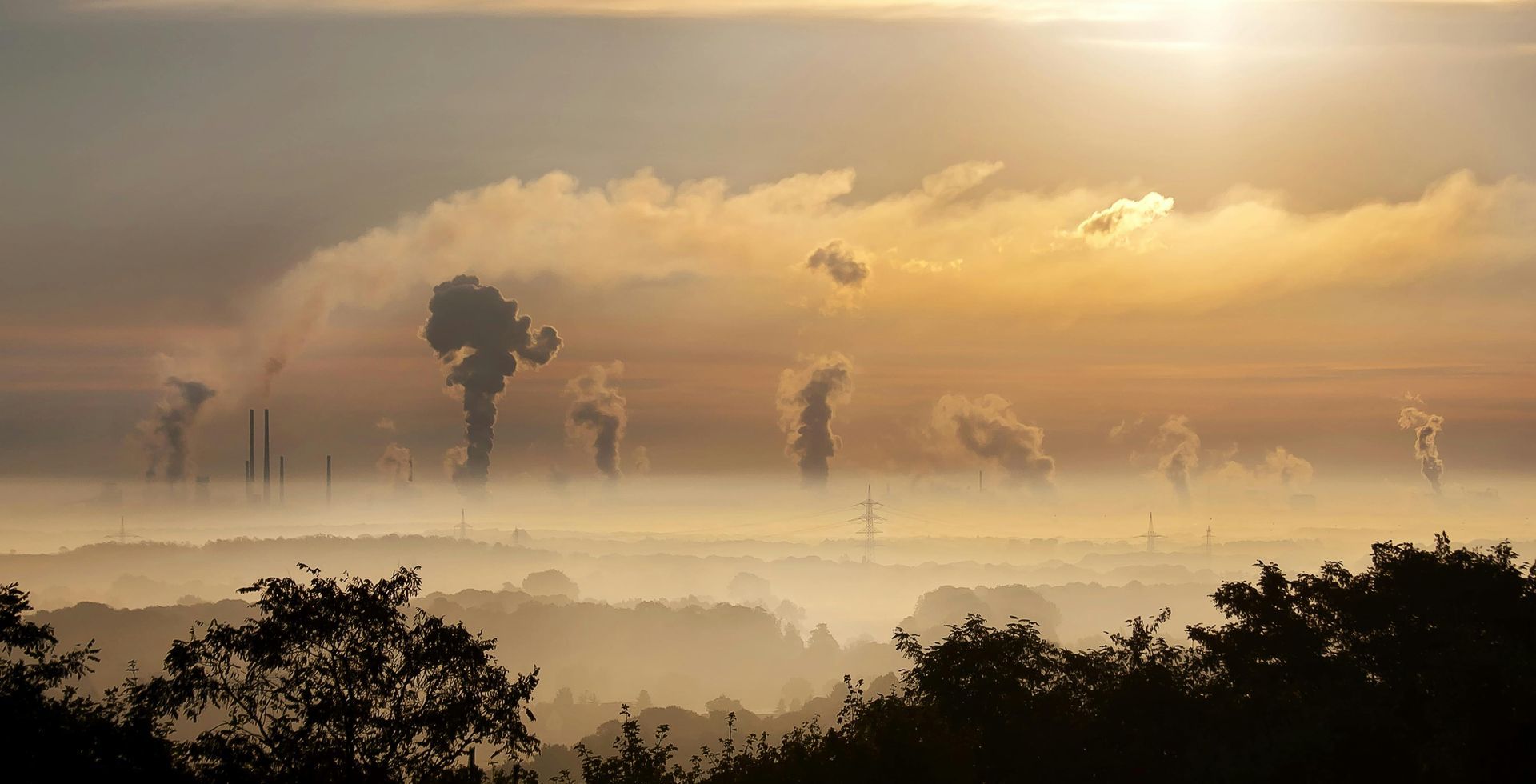DOE Announces Intent to Fund Pilot-Scale Projects That Convert Carbon Emissions into Value-Added Products
The U.S. Department of Energy’s (DOE) Office of Fossil Energy and Carbon Management (FECM) today issued a notice of intent (NOI) to provide funding from the Bipartisan Infrastructure Law for large-scale conversion of carbon emissions into environmentally responsible and economically valuable products. Projects will develop the sustainable feedstocks and conversion technologies necessary to produce crucial fuels, building materials, and other carbon-based products that are better for the environment than current products. Carbon conversion plays a critical role in the transition to a net-zero economy by transforming carbon emissions captured from industrial operations and power plants, as well as from legacy emissions in the atmosphere.
If issued, this funding opportunity will support pilot-scale projects that advance carbon conversion technologies with a high technology readiness level that are capable of achieving significant carbon mitigation via biological, catalytic, or mineralization pathways. DOE also seeks to advance and support testing of product performance and characterization needed for market or consumer adoption. This may include lifecycle analysis development for novel carbon conversion technologies and lifecycle analysis development for pilot or demonstration facilities using those technologies.
The program will benefit manufacturers, technology providers, and the general public by advancing the commercial viability of and consumer access to less expensive and more environmentally friendly products and services. Further, in alignment with the President’s commitment that the Bipartisan Infrastructure Law create broadly shared economic prosperity across the United States, funding applicants will be required to carefully consider impacts and benefits to workers and communities by emphasizing community and labor engagement, creating high-quality jobs, and providing economic and environmental benefits to affected communities.









